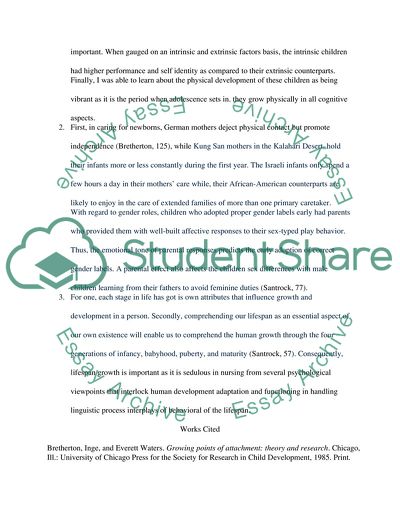A Psychosocial Analysis of Children at the Age of 6-12 Assignment - 5. Retrieved from https://studentshare.org/psychology/1618711-journal
A Psychosocial Analysis of Children at the Age of 6-12 Assignment - 5. https://studentshare.org/psychology/1618711-journal.


